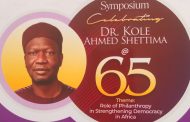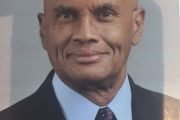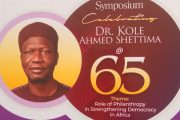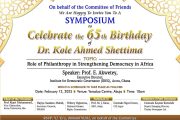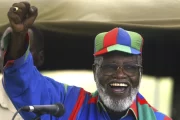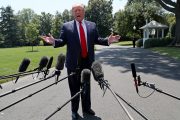When it is said that the president has changed tactics on Boko Haram, what is suggested is that there are still tricks in the books the president is keeping to his chest on dealing with the insurgency. But it is almost certain that neither The Presidency nor the media would have wanted to suggest anything of that nature. How then might a better job in representational practice be inserted into the equation when it comes to framing presidential interventions in the rising incidences of insecurity, the president being the signifier of the state? This is what many would regard a very important question at this point when the threats keep multiplying. In the last few weeks, killings in Zamfara, Mubi, Maiduguri and Plateau represents the most current manifestations, all of them troubling. While Mubi and Maiduguri suggest a new face of Boko Haram which we thought had been devastated, violence in Zamfara and Plateau states signals vulnerability of the rural space.

What is happening to surveillance and pre-emption in Nigeria? It cannot be lack of money, sufficient military muscle or expertise. Could it be technology or the political will?
So, the temptation is almost irresistible for many as to whether government is not overwhelmed. How come intelligence, surveillance, pr-emption and similar security practices appear to be in deficit? Might the war economy have set in somehow? Then this question again: is someone or some interests, local or foreign, tying Nigeria down with multiples of violence across the country? The government of the day would answer this by saying yes. It has named some foreign countries. And it has always said persons suspected of corruption were fighting back. But the government itself is deeply divided on the anti-corruption war. And all the countries named in the case of IPOB, for instance, denied and the government itself went silent.
The worst is that not adequate details of the horrors are coming out as to stamp them on popular consciousness. It is not clear if it is the catch 22 about reporting horrific violence: carpet reporting of all the details implicates the media in celebrating the perpetrators and of making heroes of outlaws. But failing to report to the last details such gross acts of violence robs the government of the raw materials with which to extract social consent for ruthless counter-offensive against the perpetrators. The absence of such makes the government vulnerable to charges of human rights violation when it makes its moves which, unlike that of the perpetrators, cannot escape mediatisation.
No one appears to know to what extent this dilemma of mediatisation applies to the spate of killings in Zamfara and Plateau states. Is it the dilemma or the media is not equipped to give those strange occurrences the editorial prominence they deserve? Or, is it the government putting pressure on the media to scale down reporting of these spaces of insecurity, based perhaps on the erroneous thinking that there is risk in ‘over-reporting’ them?
Certainly, all the details about the sites of violence are not coming out. The risk in that is the false sense of security it contributes to. There is so much violence all around the country. Naturally, the degree of violence in a society speaks to an ineffectual or an overwhelmed state, whatever the reason(s). Hence, governments are tempted to desire suppressing detailed reporting of such even as they enjoy it when the president is, for example, elaborately reported to have changed tactics on Boko Haram and ordered action in respect of Zamfara banditry, whatever that means. So, there is a choice to be made on the media strategy on securing the rural areas.




